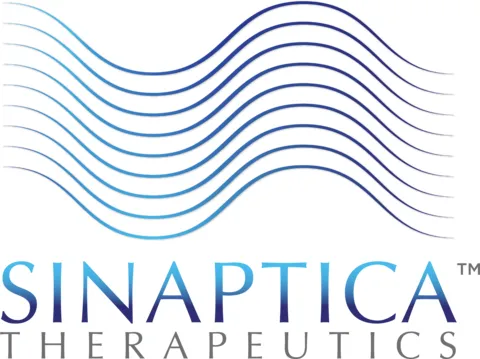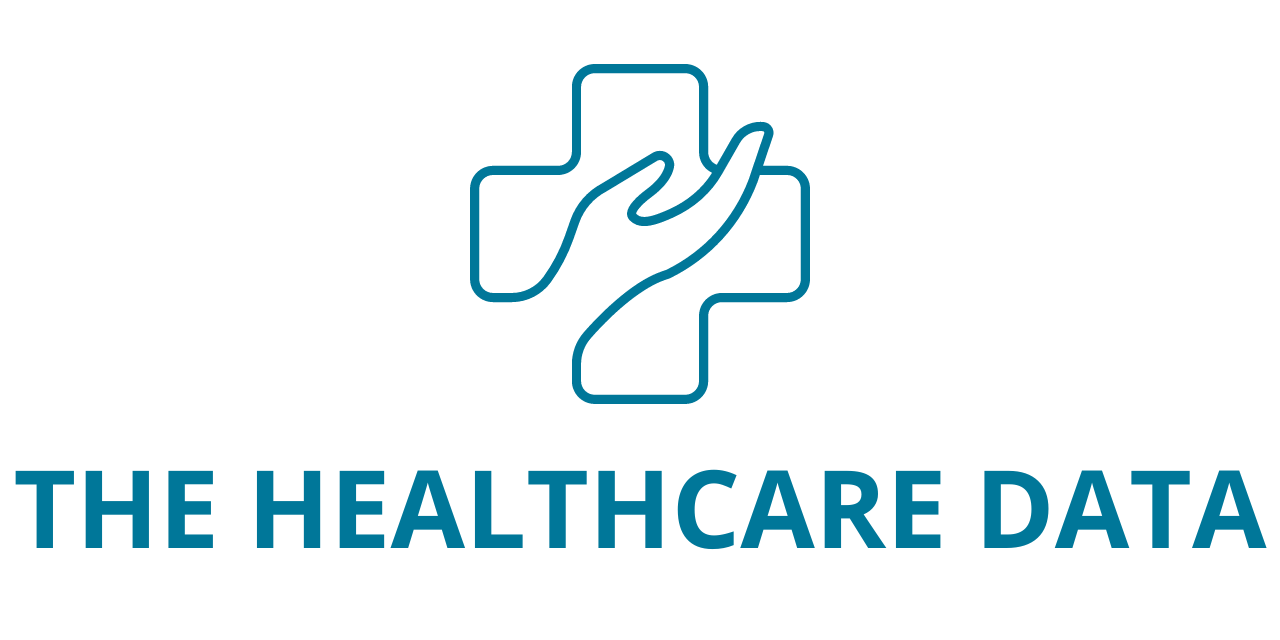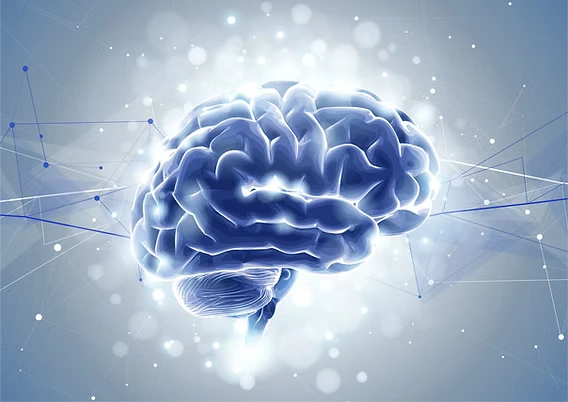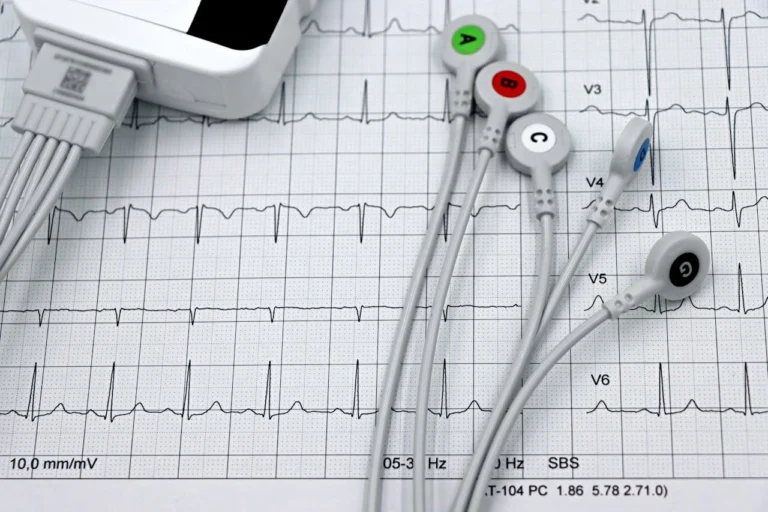Positive Phase 2 Alzheimer’s Study Data Published, Met Primary and Secondary Endpoints
Sinaptica Therapeutics, Inc., a clinical-stage company pioneering personalized neuromodulation therapies for Alzheimer’s and other neurodegenerative diseases, has announced the publication of positive results from its 52-week Phase 2 study in Alzheimer’s patients. The study, conducted by Sinaptica’s scientific co-founder Dr. Giacomo Koch, was published in the peer-reviewed journal Alzheimer’s Research & Therapy, under the title “Effects of 52 weeks of Precuneus rTMS in Alzheimer’s Disease Patients: a Randomized Trial.”
The data, which was also presented at the Clinical Trials on Alzheimer’s Disease (CTAD) conference in Madrid in October 2024, demonstrated that personalized non-invasive neuromodulation of the Default Mode Network (DMN)—a key brain network involved in memory and cognition—using rTMS-EEG, met all key endpoints with statistical significance. Importantly, the therapy showed no serious side effects, reinforcing the potential of Sinaptica’s approach.
“This publication strengthens our belief in the promise of our non-invasive precision neuromodulation therapy, nDMN, to slow cognitive decline, preserve daily living activities, and reduce behavioral disturbances in Alzheimer’s patients,” said Dr. Giacomo Koch, scientific co-founder of Sinaptica. “We are building on this positive clinical data with a new Phase 2 study in Early Alzheimer’s patients and preparations for a pivotal trial in Mild-to-Moderate patients.”
The study also included additional analysis that showed the propagation of neuromodulation pulses from the precuneus, the stimulation site, to the medial prefrontal cortex was correlated with the primary outcome measure—Clinical Dementia Rating Scale–Sum of Boxes (CDR-SB). This indicates that the signal’s spread through key areas of the DMN is crucial for the therapy’s efficacy, a fact confirmed through TMS-EEG.

The Phase 2 study was a monocentric, randomized, double-blind, sham-controlled trial that tested the safety and efficacy of personalized repetitive transcranial magnetic stimulation (rTMS) targeting the Default Mode Network in Alzheimer’s patients. The study design was detailed in a previous press release by Sinaptica at the CTAD conference.
Ken Mariash, CEO of Sinaptica, emphasized that these peer-reviewed results not only highlight the therapy’s durability across all disease domains over one year but also point to the critical importance of confirming broad DMN network engagement by measuring distal evoked potentials using TMS-EEG technology. “Our personalized approach ensures that the neuromodulation pulses effectively reach targeted regions within the DMN, promoting widespread neuroplasticity and adapting the dosage for each patient,” he said.
Key Study Results
The Phase 2 study revealed significant results in the primary and secondary outcomes. The primary outcome, measured by CDR-SB, showed that patients in the rTMS-EEG group had a mean change of 1.36 points after 52 weeks, while the placebo group saw a mean change of 2.45 points. This resulted in a statistically significant and clinically meaningful difference of 1.09 points, representing a 44% slowing of Alzheimer’s progression over the 12-month study period.
In addition to the primary outcome, secondary measures such as ADAS-Cog11, MMSE, ADCS-ADL, and NPI scores all showed statistically significant improvements in the rTMS-EEG group. Notably, on the ADCS-ADL measure—assessing patients’ ability to perform daily activities—the treatment group only lost 1.5 points compared to the placebo group, which lost 11.6 points. The TMS-EEG results also showed increased functional connectivity within the DMN, which correlated with positive changes in clinical scores, including CDR-SB.
The treatment was found to be safe and well-tolerated, with only a few minor adverse events reported.
About the SinaptiStim® System
The SinaptiStim® System is an investigational approach to treating Alzheimer’s disease with personalized precision neuromodulation. The therapy is delivered in weekly sessions, initially lasting 20 minutes, and then reduced to six minutes with the second-generation system. The technology targets the Default Mode Network (DMN), a crucial brain network for episodic memory, introspection, and other cognitive functions.
The SinaptiStim System received Breakthrough Device Designation from the FDA in 2022. The system delivers non-invasive, painless, and customized neurostimulation that is calibrated to each individual’s brain, ensuring safe yet effective treatment tailored to the patient’s specific needs.
Sinaptica is preparing for a pivotal randomized controlled clinical trial in Mild-to-Moderate Alzheimer’s patients, using the first-generation SinaptiStim system. The trial will calibrate treatments quarterly using TMS and EEG concurrently, alongside MRI-guided neuronavigation. This enables precise targeting and safe dosage adjustment, ensuring the best possible individualized outcomes.
The pivotal trial will also measure the effects of the SinaptiStim® System on biomarkers such as beta amyloid, phosphorylated tau, neuroinflammation, and synaptic dysfunction, offering valuable insights into the system’s impact on Alzheimer’s disease pathology.





